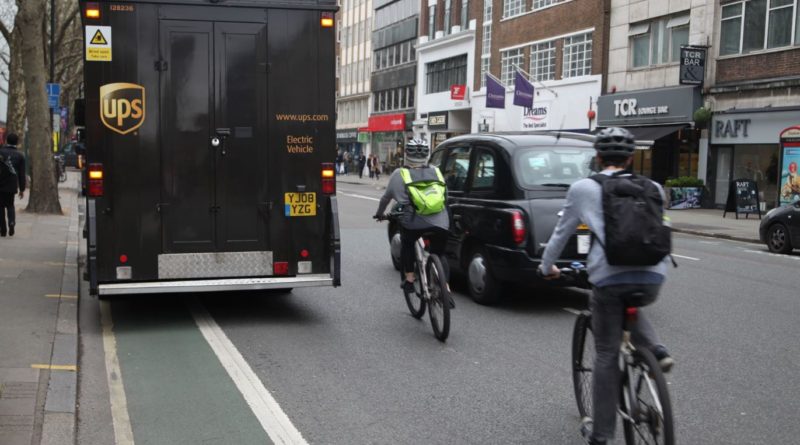UK study again finds road danger to be main barrier to cycling
A new study of 1,040 people in the UK aged 16 to 69 has once again attributed the perception of road danger as the main barrier to new cyclists emerging.
Commissioned by data collection and research firm Savanta, the findings echo previous studies that tend to flag both road danger and often the UK weather as key barriers to entry.
The research points to five key worries overall – identified by both cyclists and non-cyclists.
- Cars (64%)
- Heavy goods vehicles (58%)
- Bad road conditions (54%)
- Buses (50%)
- Lack of cycle lanes (44%)
34% of those surveyed said that they won’t cycle often simply because “it’s too dangerous.” The findings reflect the latest batch of DfT data, which has shown no noticeable change in cycling levels in the UK for decades.
For the bicycle industry the challenge of new customer creation is crucial and while some success has been had with the emergence of electric bikes, the blue ocean of transport cyclists is yet to be tapped, believe many in the industry.
The ECF’s Adam Bodor started last year’s Eurobike Industry Breakfast by illustrating the point: “Women, kids and the elderly are finding accessibility difficult. 67% of European population are either interested, or interested but concerned by the safety of cycling.”
The Savanta study found that most regular cyclists are among Gen Z (aged up to 25 years old), but even a quarter of Gen Z respondents believe it’s “too dangerous”.
Of those in Gen Z who do not cycle regularly, 25% say it’s because they either don’t know how or are not confident in their ability to ride.
At the present time BikeAbility funding reaches only half of UK school children, though the Conservative Government has pledged to double funding to cater for all. It has, however, simultaneously cut Active Travel funding, so it is unclear where the money will come from at present.
Another barrier is the perception of how long cycling takes (19%) compared to other forms of transport. In urban areas over short distances cycling is often faster, as famously demonstrated on motoring show Top Gear.
Of those surveyed who either never cycle, or cycle less than once per month, one in six (17%) say that the main reason for not cycling more often is a lack of cycle lanes. This figure rises to a quarter (23%) in the south of the UK.
More cyclists feel safe when cycling for leisure than when cycling to and from work (56% vs. 44%), while over half overall (56%) say they dread cycling in traffic.
Overall, nearly three in five (57%) of those who cycle regularly (at least once per month) do so just for leisure, while 17% cycle just to and from work, and a quarter (25%) say they cycle for both reasons.
For both leisure and commuting, the main motivator for cycling is the health and fitness benefit, with 61% of leisure cyclists citing this reason compared with 44% of those who cycle as part of their commute to and from work.
While cost is the second-most chosen reason for those who cycle to and from work (44%), simple enjoyment takes second place for “leisure cyclists” (59%).
Baby Boomers and Gen Z are more likely to cycle for environmental reasons than any other age demographic, despite being the most concerned age groups around road safety.
Various studies on road danger have demonstrated that the creation of cycle lanes tends to make city streets safer for all participants. In one Colorado University assessment determined that cycle commuting rose by up to 51% as the number of protected lanes doubled each year in selected cities.



